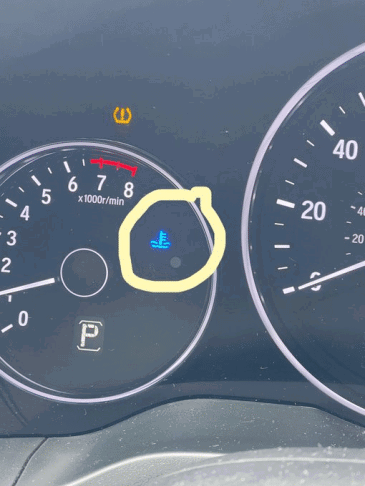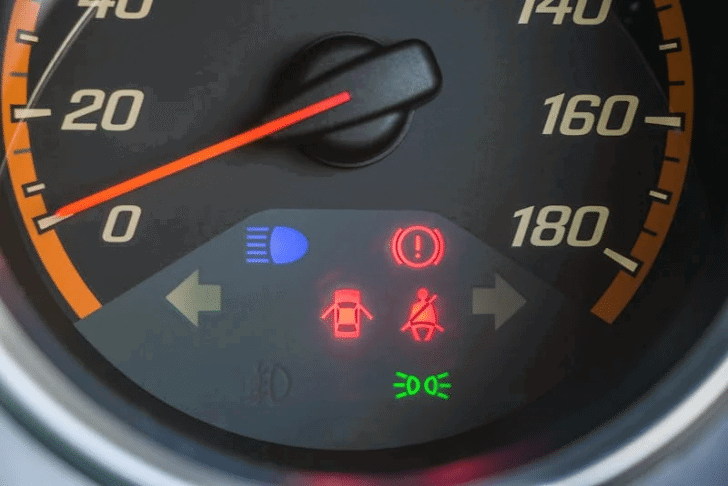What Is the ‘Boat-Like’ Symbol?
Often mistaken for a boat or thermometer, this warning icon actually depicts a thermometer with wavy lines at the bottom. It indicates an overheating engine, usually due to issues with the cooling system or low coolant levels. Ignoring it can lead to catastrophic engine failure and repair costs running into thousands.
“If the light is red, pull over immediately and turn off the engine,” advises Eden Motor Group.
Why the Confusion?
The internet has played a big role in fueling misunderstandings. A viral post on X featured a driver asking, “What does this light mean?” Responses like “smooth sailing” and “pirates approaching” reflect just how little drivers understand this crucial warning.

What Triggers the Warning Light?
Officially known as the engine cooling warning light, this alert signals that your car’s engine is overheating.
Common causes include:
1.Coolant Loss: A leak in the radiator or hoses often leads to low coolant levels.
2.Sensor Fault: A faulty temperature sensor can mistakenly trigger the warning.
3.Blocked Radiator: Dirt and debris can block coolant flow, causing overheating.
Steps to Take When the Light Comes On
If this warning light appears, here’s what you should do:
1.Pull Over Safely: Driving further could cause severe engine damage.
2.Check Coolant Levels: Inspect the coolant tank once the engine has cooled.
3.Look for Leaks: Check under the car and around the radiator for any visible coolant leakage.
4.Call a Mechanic: If you’re unable to resolve the issue, seek professional assistance.

Why Do Drivers Struggle With This Symbol?
The growing complexity of modern vehicles contributes to the confusion. According to Raul Arbelaez of the Insurance Institute for Highway Safety, “Drivers often don’t understand the highly complex devices they’re operating.”
Historically, dashboard warnings were simpler—like the “red jewel” used in the 1933 Hudson to indicate battery issues. Today’s systems are far more advanced, making it harder for many drivers to keep up.

The Dangers of Ignoring the Warning
Failing to address the engine cooling warning light can have severe consequences, such as:
•Engine Overheating: Prolonged overheating can warp engine components or cause total engine failure.
•Expensive Repairs: Replacing a damaged engine can cost thousands, making early action critical.

The Knowledge Gap
Many drivers fail to read their vehicle’s manual, leading to widespread ignorance about key warning symbols. A study by ATS Euromaster found that 80% of drivers couldn’t identify the “boat-like” symbol, reflecting a lack of focus on vehicle maintenance education. This widespread knowledge gap leaves drivers unprepared to handle urgent mechanical issues, often resulting in costly repairs or dangerous driving conditions.

Bridging the Knowledge Gap
Automakers are striving to make dashboard warnings more intuitive through clearer symbols and supplementary digital alerts. However, the responsibility ultimately lies with drivers. Regularly reviewing your vehicle’s owner’s manual and familiarizing yourself with key warning lights can make all the difference.
Conclusion
The “boat-like” dashboard warning symbol is more than an amusing enigma—it’s a critical alert that demands immediate attention. Understanding this and other dashboard symbols is essential for safe driving and avoiding expensive repairs. Next time this icon lights up, remember: it’s not about smooth sailing—it’s a sign to stop, check your coolant system, and take action to protect your vehicle.
